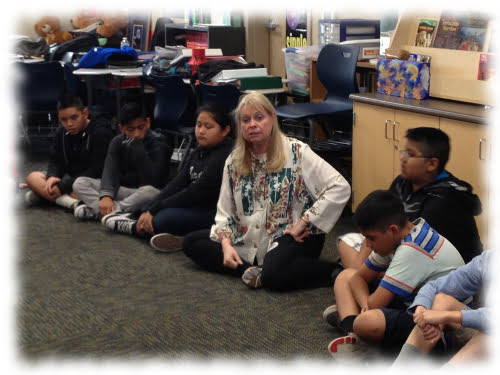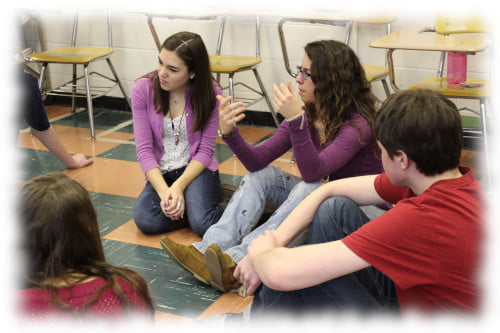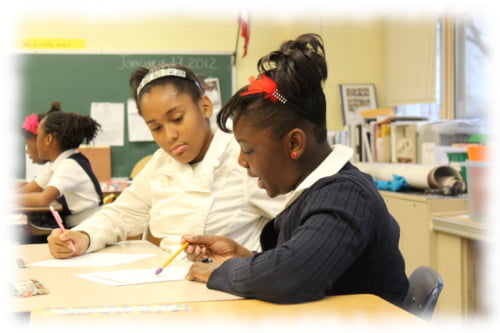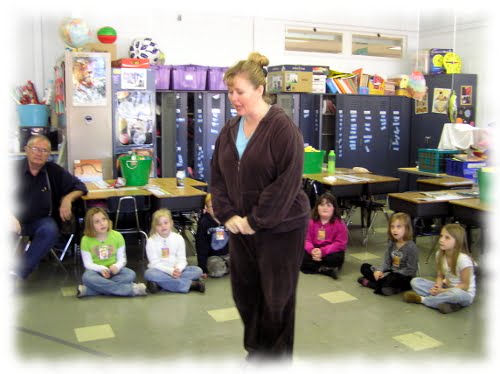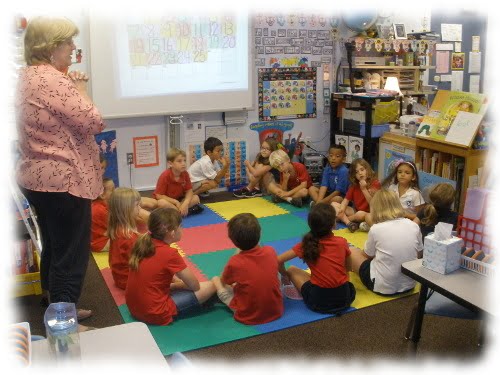Let’s continue the conversation about Classroom Management in Drama. Teachers have posed many questions to us concerning management techniques. I will answer this and then request other ideas from this community. The questions are stated exactly as they have been presented to me. I will do my best to interpret the questions and provide an answer from my background. Just send us your ideas and thoughts and we will get the conversation started. None of us are as smart as all of us, so jump in there and share what you know relating to each question presented.
Here is our next question in this series:
"What are ways to effectively provide closure to a class?"
There are many ways to approach class closure and I will share a few thoughts and ideas.
First, I recommend establishing a routine. I open a class with a reflection on the previous class and end with a daily analysis and a hint about the events planned for the next class. I try to conduct the opening and the closing in a similar way. The strategy I use most often is to have the students seated, in a circle, facing each other as they answer questions that I pose. I don’t begin the reflection until all are gathered, seated, and ready to be part of the community. If a student was asked, during class, to take a time out from the day’s activity, they are still expected to join the class in the reflection process.
The questions I pose in the opening and closing are ones that check for understanding, are open ended, and/or self-reflective. If I need to reinforce a skill or concept, I do it through questions not lecture. Sometimes I will model what I saw occurring and what I would like to see. Sometimes the students model what they would like to see occurring. I have peers speaking, demonstrating, or reinforcing as much as possible, as the impact on learning seems to be greater when it is peer to peer.
I am very particular about the type of questions I use with students. I most often open my class by posing an essential question (a big question that takes years to uncover and is open ended) or I might choose an exploratory question (a question where students might come to some definitive answer). Then, I return to that question during the final reflection. There are many types of questions: guiding, leading, exploratory, rhetorical, branching, essential, etc. It might be worthwhile to research each type and use accordingly. I have a document I created focusing on the pros and cons of the different types of questions, write to us if this would be beneficial to you and we might include it in a future newsletter.
Whatever you do, using a routine is very important as it gives students a measure of stability and security. Even in professional performances and rehearsals we welcome routine as it frees one up to be creative. Routine reduces fear and worry. If a routine becomes tedious, switch it up with other strategies you have found to be successful or try one of the following suggestions.
Other strategies I use in the final reflective activity include Think/Pair/Share where students have an opportunity to discuss the questions or their work with another student and then share out their ideas to the class. I also use Exit Tickets. The Exit Ticket can take many forms from a quick write on a piece of paper, to a journal entry, to a letter to the teacher. This writing activity takes a little more time but it is quite useful in gathering ideas from all of the students. An Exit Ticket can also be used as a formative assessment or as an integrated language arts activity if structured to also focus on writing skills.
I think class closure is an important component of a lesson. I have always said in my courses for teachers that if you don’t have time to reflect, then you have wasted an instructional session. It is better to cut the activity short than to eliminate the reflection. The real learning happens as the brain reflects, research bears this out.
What you don’t want to do is end the class on a high energy activity with a great deal of full class physical movement.
Reflect, focus, exhale, and end by always thanking the students for their work and contributions.
by Karen Erickson


